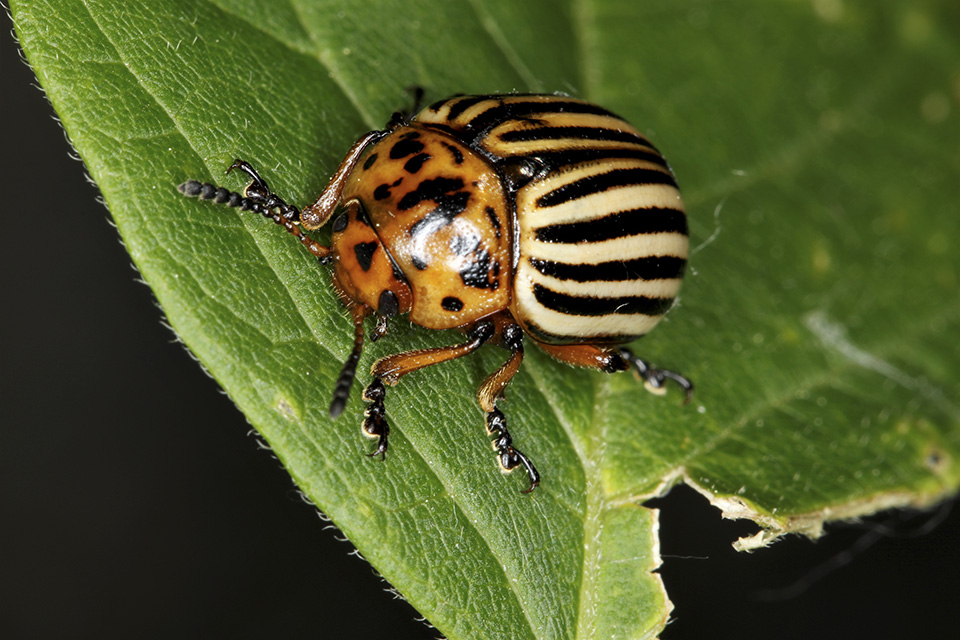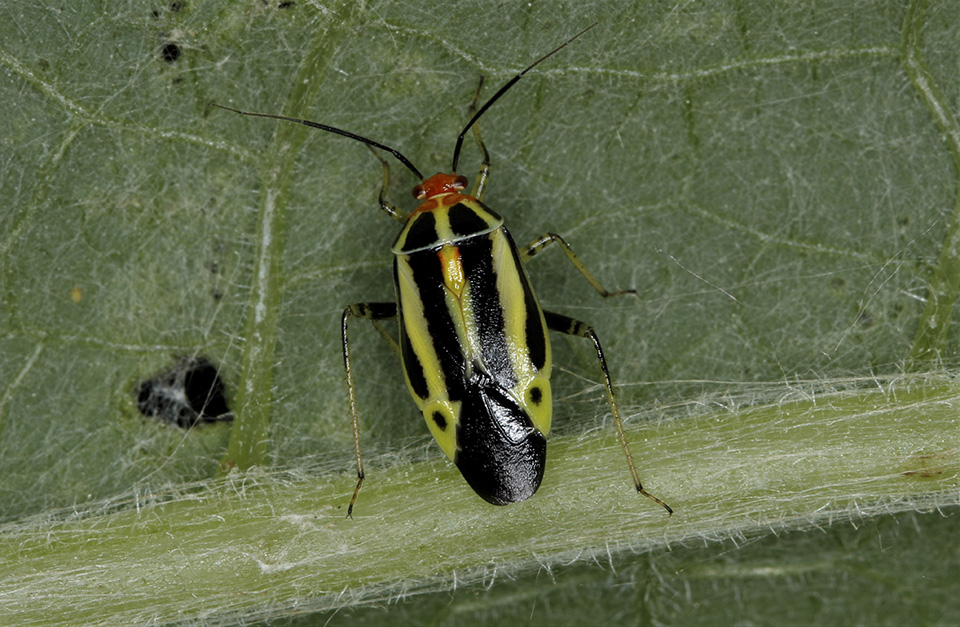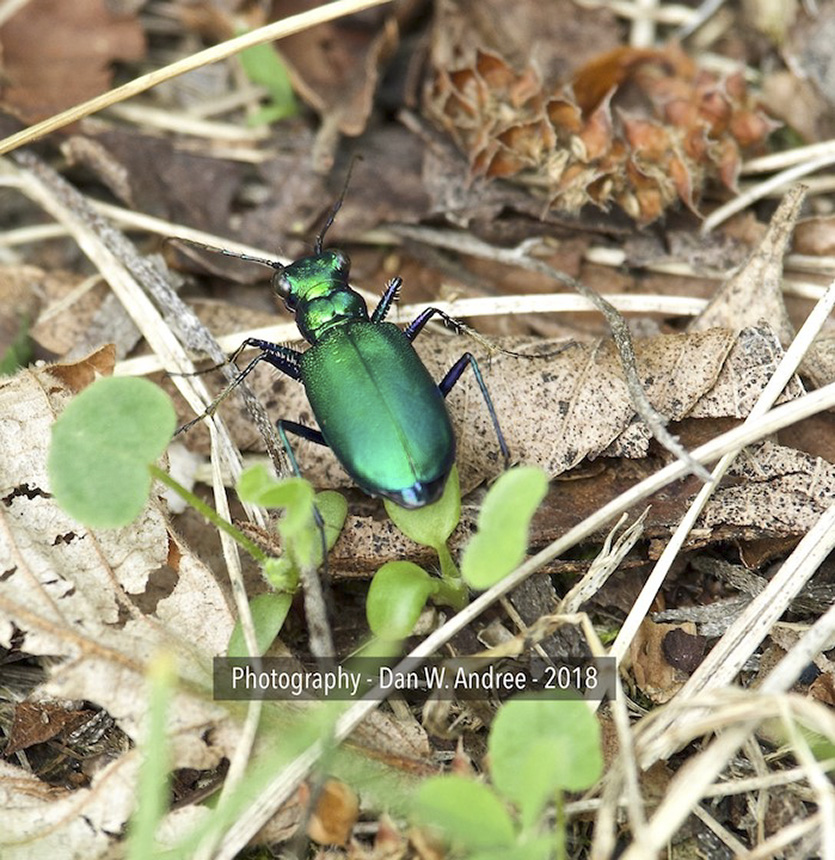Long-tailed dance fly (Rhamphomyia longicauda) is a small, black, long-legged fly. It is commonly found from May to July in deciduous woods near water. The wings are long and black. The head is round with large bright orange or red eyes. On the female, the middle and hind legs have a fringe of long, black, bristly hairs.
Every evening around sunset, males and females collect in same-sex swarms. Females and fly up and down, the behavior that gives this family its common name “dance-flies”. Females cannot hunt for prey. They receive protein from males as gifts in exchange for copulation. They swallow air, filling and extending their abdomen outward, saucer-like, falsely signaling males that their eggs are nearing maturity. The long hairy legs wrap around the abdomen, making it appear even larger. Males are attracted to females that have largest swollen abdomens and hairiest legs. An individual will break off and join the other swarm to select a mate.
http://www.minnesotaseasons.com/Insects/long-tailed_dance_fly.html





